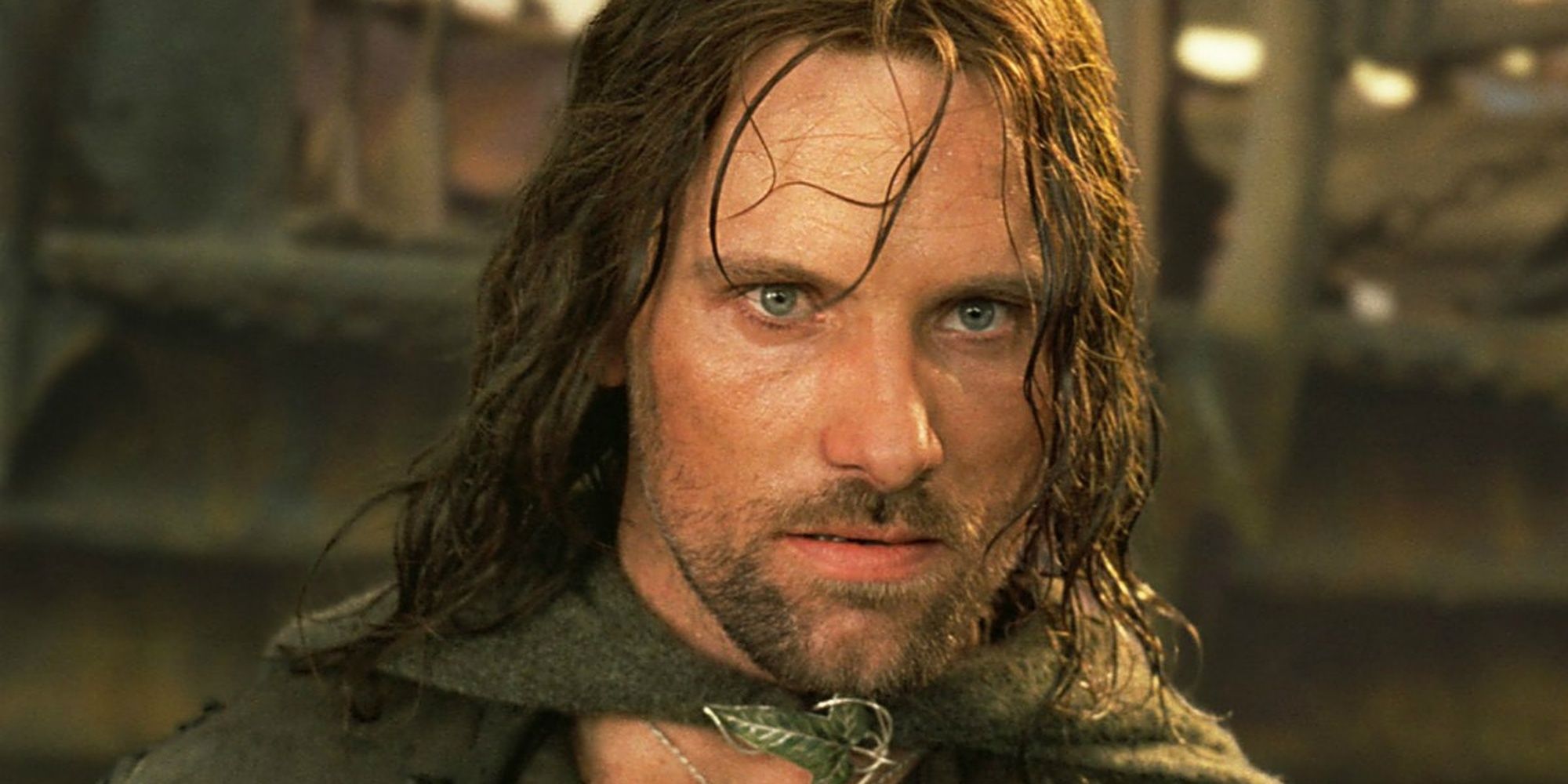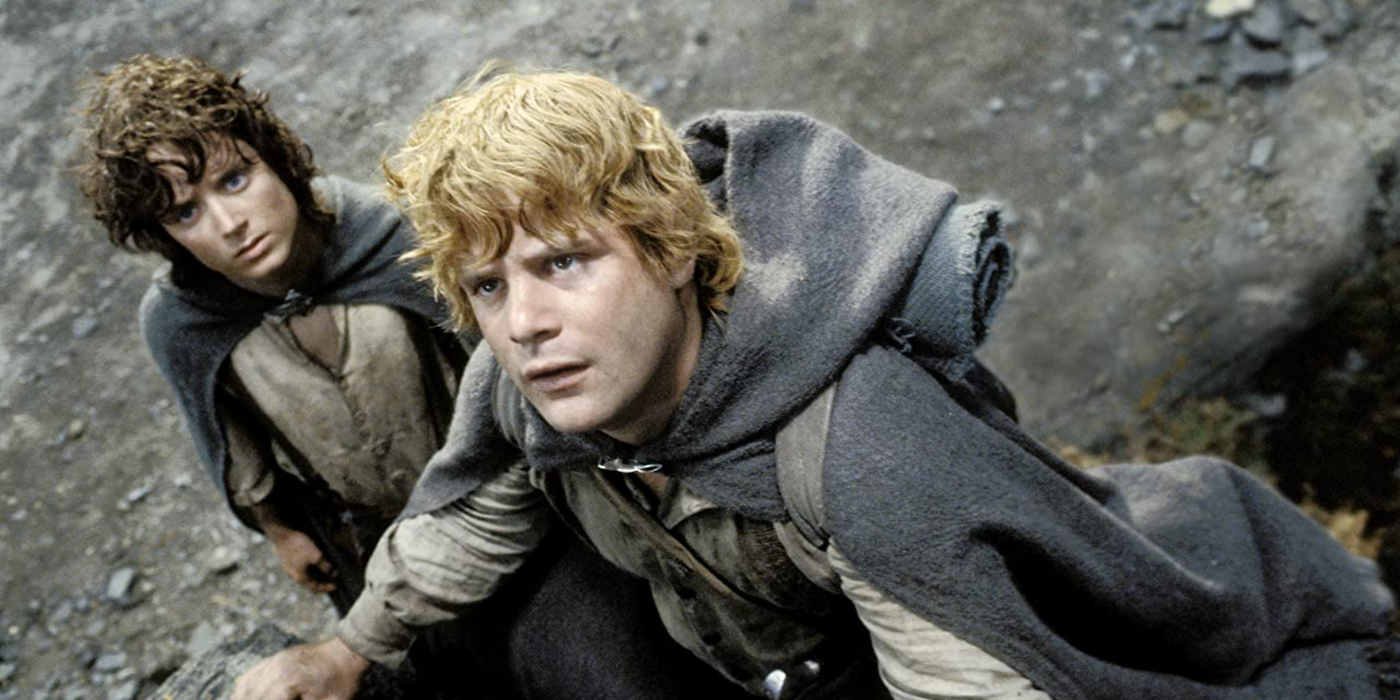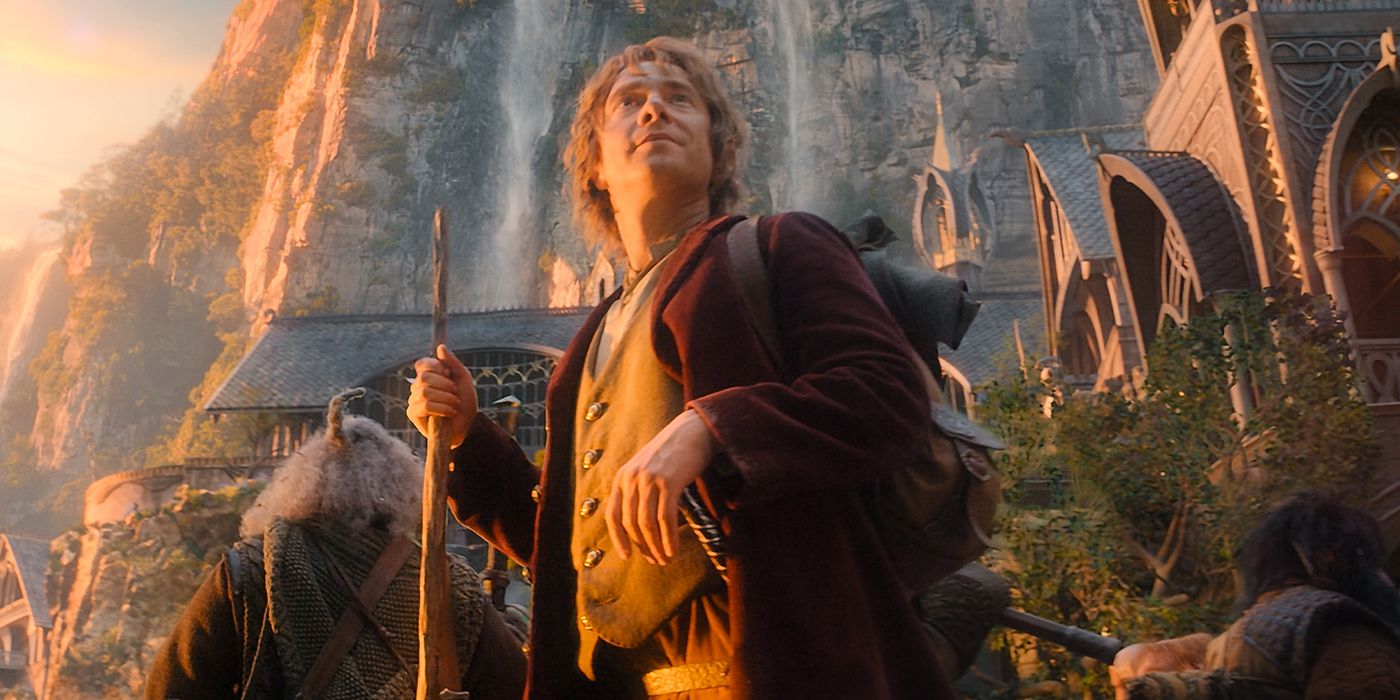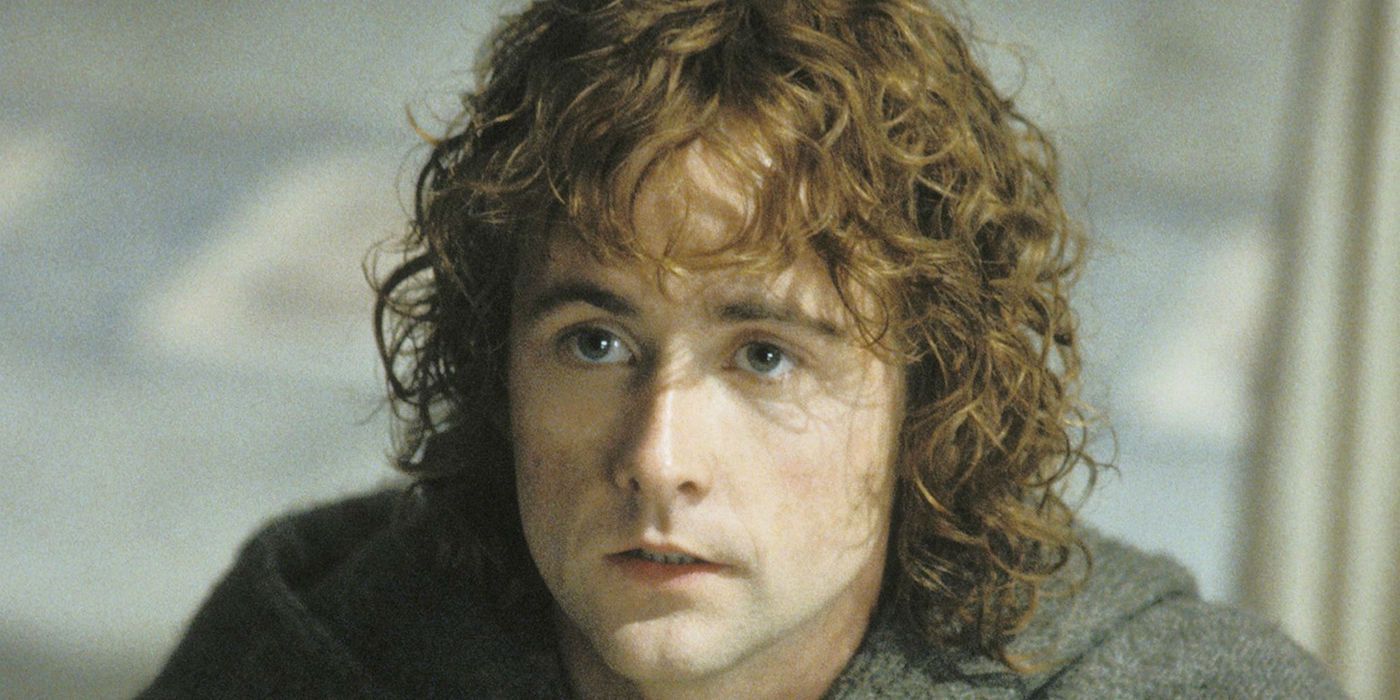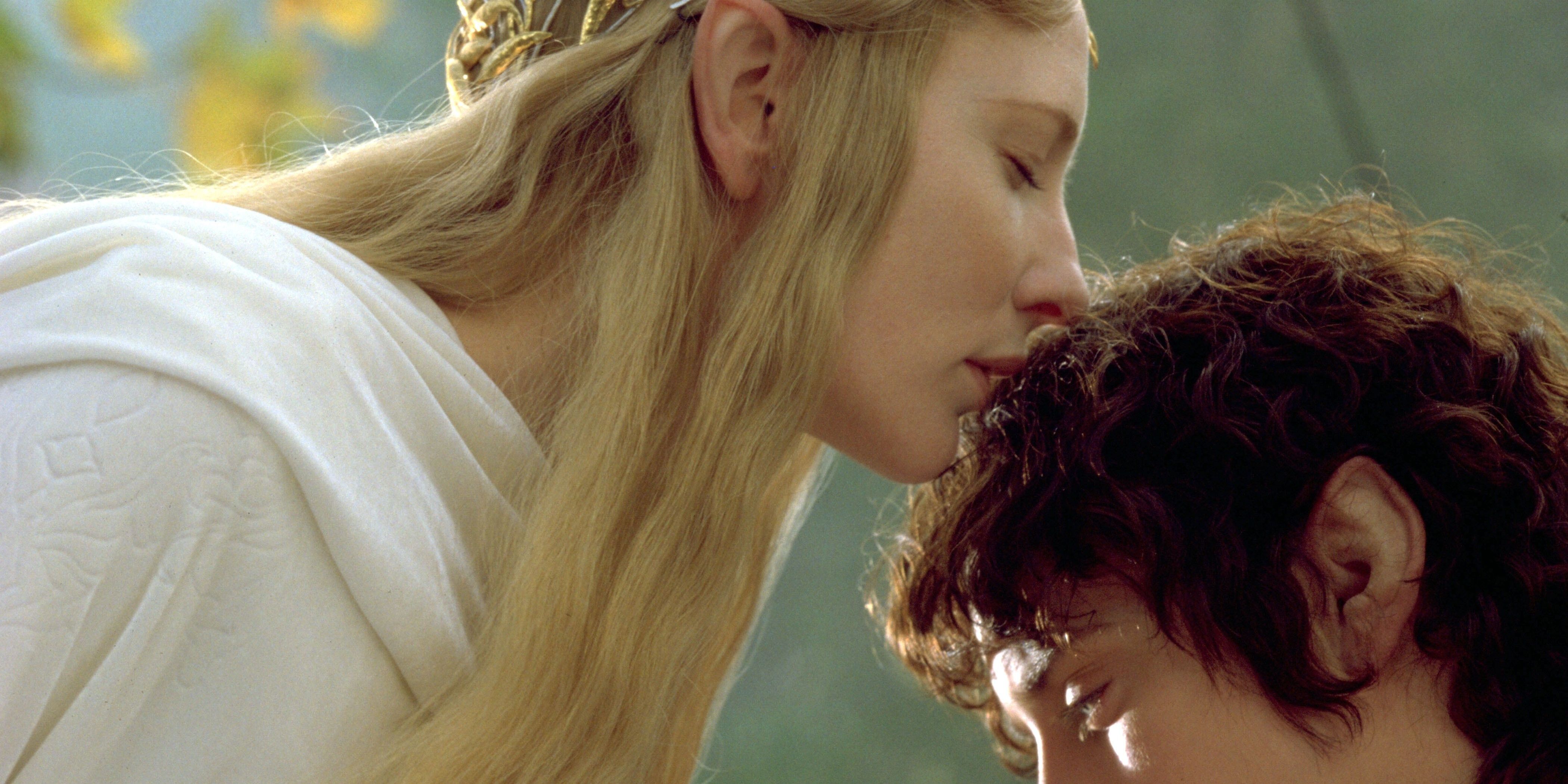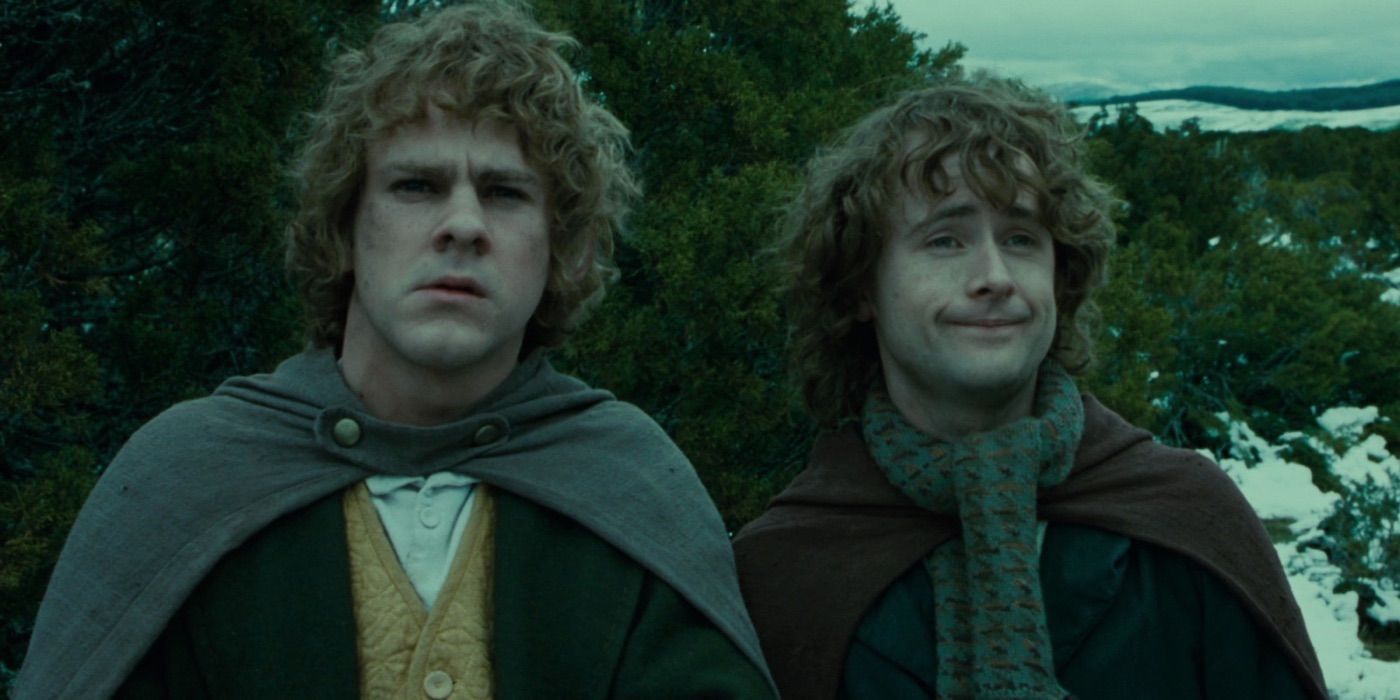With all the excitement surrounding The Rings of Power, premiering on Amazon Prime on September 2, fans of the franchise are refreshing their memories of the history of the Rings. In doing so, many may have noticed a somewhat unfamiliar name being thrown around: Harfoot. Already announced are two young, female Harfoots to be played by Megan Richards and Markella Kavenagh, which is rad, but what in Bilbo's name is a Harfoot, exactly?
In J.R.R. Tolkien's Prologue to The Fellowship of the Ring, the author offers readers a glimpse into the long and somewhat forgotten history of the Hobbits. Touching on a myriad of characteristics, from appearance to temperament, the Prologue is one of many Tolkien scriptures used as blueprint material for showrunners Patrick McKay and JD Payne as they transport audiences into the Second Age of Middle-earth. (Both The Hobbit and The Lord of the Rings trilogies take place in the Third Age.) Notably mentioned within the literature is that Harfoots are an ancestral breed of Hobbit who lives in the Elder Days, but while there are undoubtedly similarities between the lineages, audiences will soon recognize differences that have Harfoots standing apart from their more well-known Hobbit descendants.
Harfoots Are Significantly Taller
Though still not as tall as Men nor Elves, Harfoots are known to have very big feet, long, dexterous fingers, and a height that exceeds the size of Third Age Hobbits.
While modern Hobbits typically stand between two and four feet, these Hobbit ancestors are closer to the size and stature of Dwarves. As Tolkien mentions in the Prologue (and Gandalf quips in The Hobbit: An Unexpected Journey,) Bilbo's great-great-grand-uncle, Bandobras Took, was "four feet, five inches tall and able to ride a horse." To note, Uncle Bandobras is a Hobbit of the Second Age, so it is conceivable that Harfoots may get to ride a pony or two in the series.
There Are Many More Of Them
In ancestral times preceding disasters and displacement, the Hobbit population flourishes, providing ample opportunities for Elves, Dwarves, and even Men to be crossing paths with them – though they may not always notice the famously elusive beings.
Tolkien writes, Hobbits are a "very ancient people, more numerous formerly than they are today," so watchers of the series should be in for a serious Hobbit fix. As a bonus, in the Second Age, they are not only supported by great numbers but are also spread out across Middle-earth, meaning audiences can expect Harfoots to be woven into multiple storylines.
They Are Afraid Of "Big Folk"
In the Second Age, Harfoots generally keep to themselves as much as possible, only mingling with Dwarves, and while they certainly encounter Men from time to time, they don't trust them – not one little bit.
As a result of this trepidation, Harfoots have perfected their skills in hiding: "They [possess] from the first the art of disappearing swiftly and silently, when large folk whom they do not wish to meet come blundering by." Luckily for the Harfoots, they have above-average sight and hearing, so they can get their (often fat) bodies out of sight.
They Are One Of Three Breeds Of Ancient Hobbits
While Harfoots are discussed as being "browner of skin, smaller, and shorter," Tolkien isn't differentiating between Harfoots and modern Hobbits; rather, he is contrasting them to two other groups of Hobbit ancestors: the Stoors and Fallohides.
While Harfoots have the largest population of the three, the Stoors are generally larger; their men wear bushy beards, and their entire breed loves to be near the water. They also get along well with Men, lacking the same fear held by the Harfoots. The Fallohides, on the other hand, prefer to live in the forest and are tall, slim, and blonde. They also have an authoritative presence and are fond of hunting and singing – no wonder they chill with the Elves. Though it is unknown whether all three will be featured in the series, there is a strong possibility, seeing as all three breeds lived during the same Age. Self-professed Tolkien nerds can only speculate as to the finer details.
They Are Between Homes
While Harfoots are known to live in the foothills, in the Second Age, they have yet to find themselves nestled in their Hobbit holes. And so it is that in the new LOTR series, they are in search of a permanent home.
In the trailer for The Rings of Power, Markella Kavenagh plays Elanor 'Nori' Brandyfoot, a spirited Harfoot Hobbit on the brink of a journey. In voice-over, she wistfully exclaims, "There's wonders in this world beyond our wandering," signaling a nomadic existence for Nori, and others like her, before they finally settle in Bree, "some forty miles east of the Shire." What is known for sure, is that "[o]f their original home the Hobbits in Bilbo's time [preserve] no knowledge," meaning McKay and Payne have plenty of opportunity for Harfoot exploration and possible Middle-earth story arcs.
Harfoots Go Through Some Very Hard Times
Taking place in the time Tolkien refers to as the Hobbits' "Wandering Days," these Harfoots have endured a great deal leading up to the time ROP takes place. And they're sure to experience even more of it as the series progresses.
Stories passed down through Hobbit generations recall a time of "multiplying of Men...and of a shadow that [falls] on the forest." It is, in part, due to these environmental upheavals that the Harfoots choose to make the dangerous trek through the Misty Mountains in search of safety. The "hard world" they live in is fraught with a need for self-defense.
Like The Elves, They Have Their Own Language
Something audiences may be able to look forward to is a "new" Harfoot vocabulary. Though audiences have never witnessed Hobbits speaking in their own tongue, in ancient times, that's exactly what they do.
Tolkien states that though the Hobbits do eventually leave most of their language behind, adopting the "Common Speech", it is also during ancient times that they first learn how to read and write like Men, who more than likely learned the language from Elves. However, Harfoots are known to have gradually moved from one form of speech to another, keeping several words, names, and expressions from their native language. As such, it isn't inconceivable to expect a sprinkling of Harfoot language in the much-anticipated series.
They Share Some Notable Similarities To Hobbits Of The Third Age
Even though Harfoots have their own unique qualities and quirks, they are still distinctly Hobbits, sharing many of the traits audiences have come to love about Tolkien's most relatable characters.
Affable Harfoots love to laugh, eat, and drink, and they generally have a great time doing it. They are also quick and nimble and can hide from foes and other undesirables. Yearning for a quiet life filled with tinkering and tilling, they want nothing more than to live in peace, for they are (throughout the ages) avid avoiders of conflict. But, as Tolkien puts it, they're also "curiously tough," so don't expect these ancient Hobbits to go down without throwing a few stones. They are Bilbo's ancestors, after all.

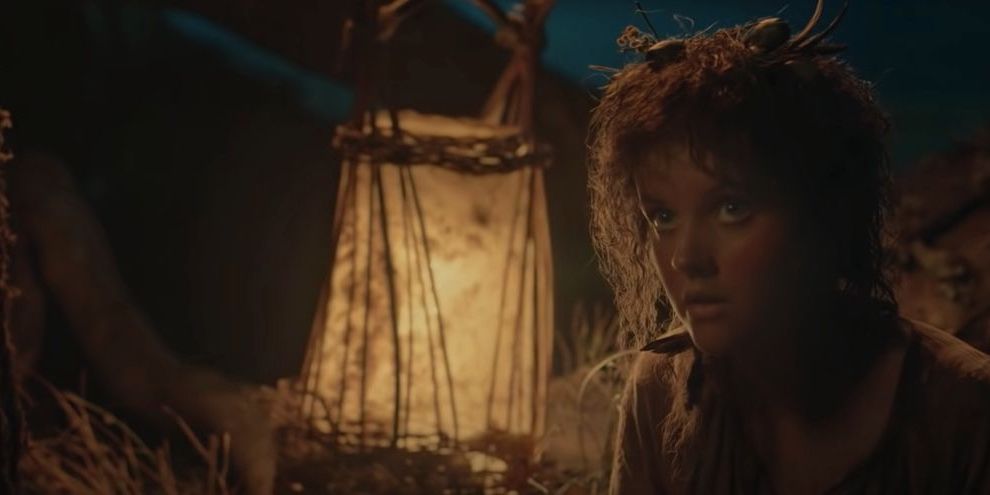
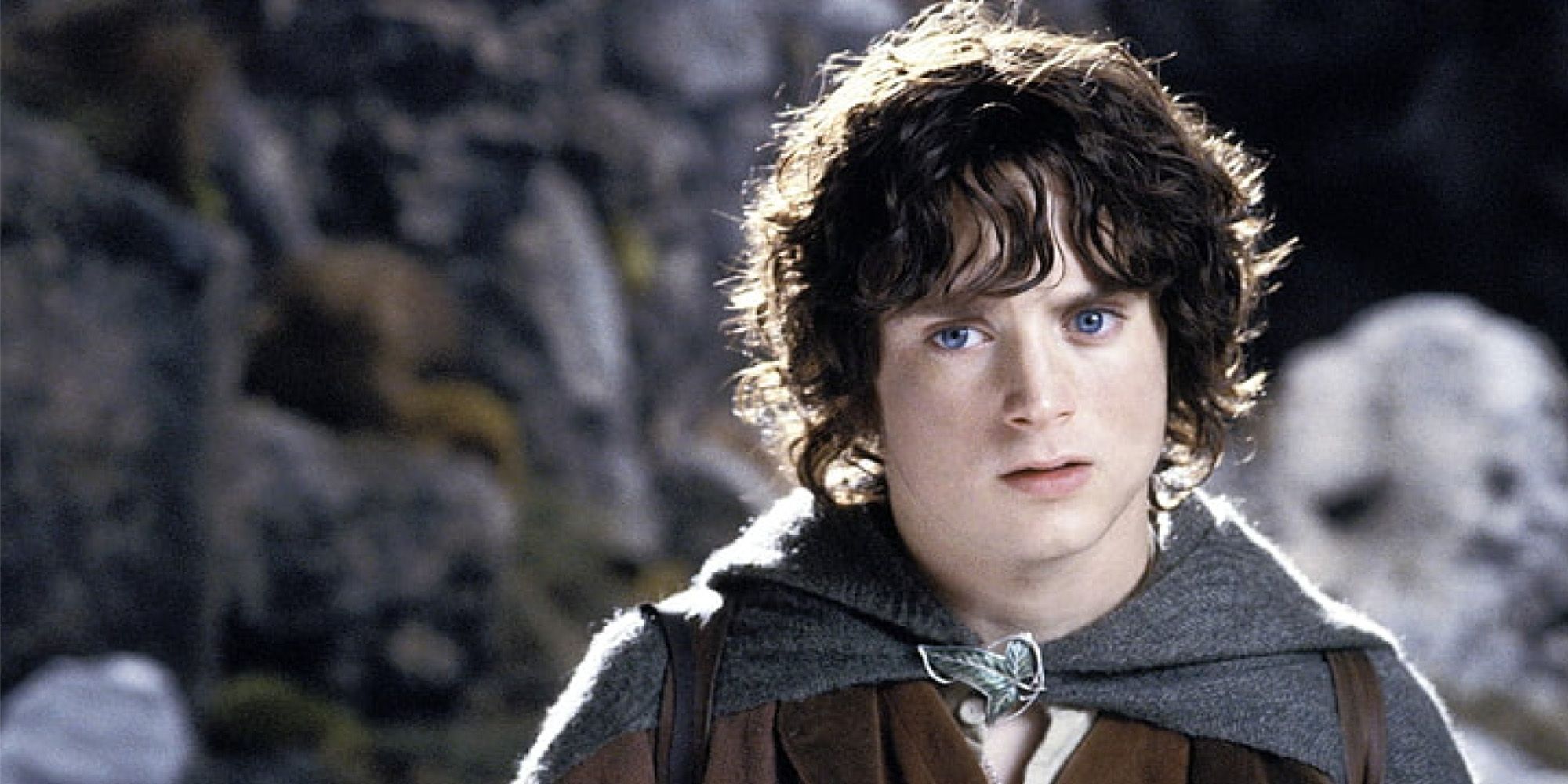
.jpeg)
